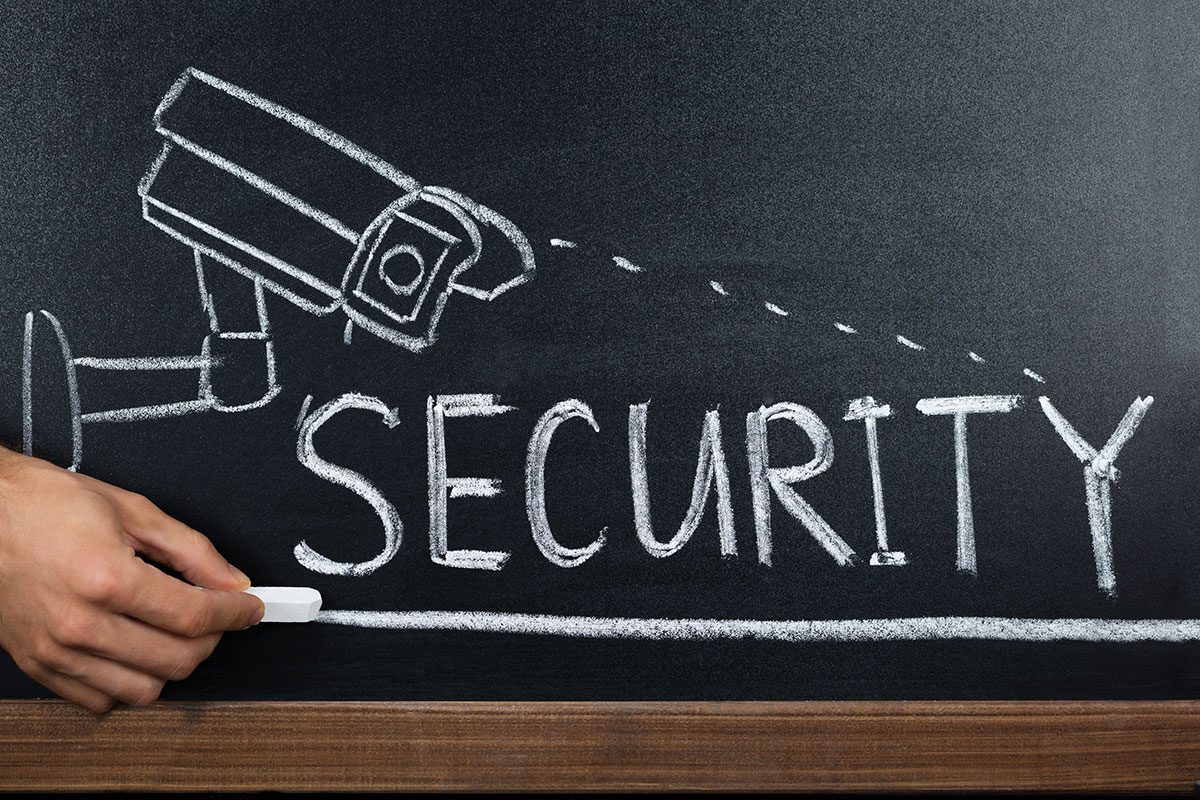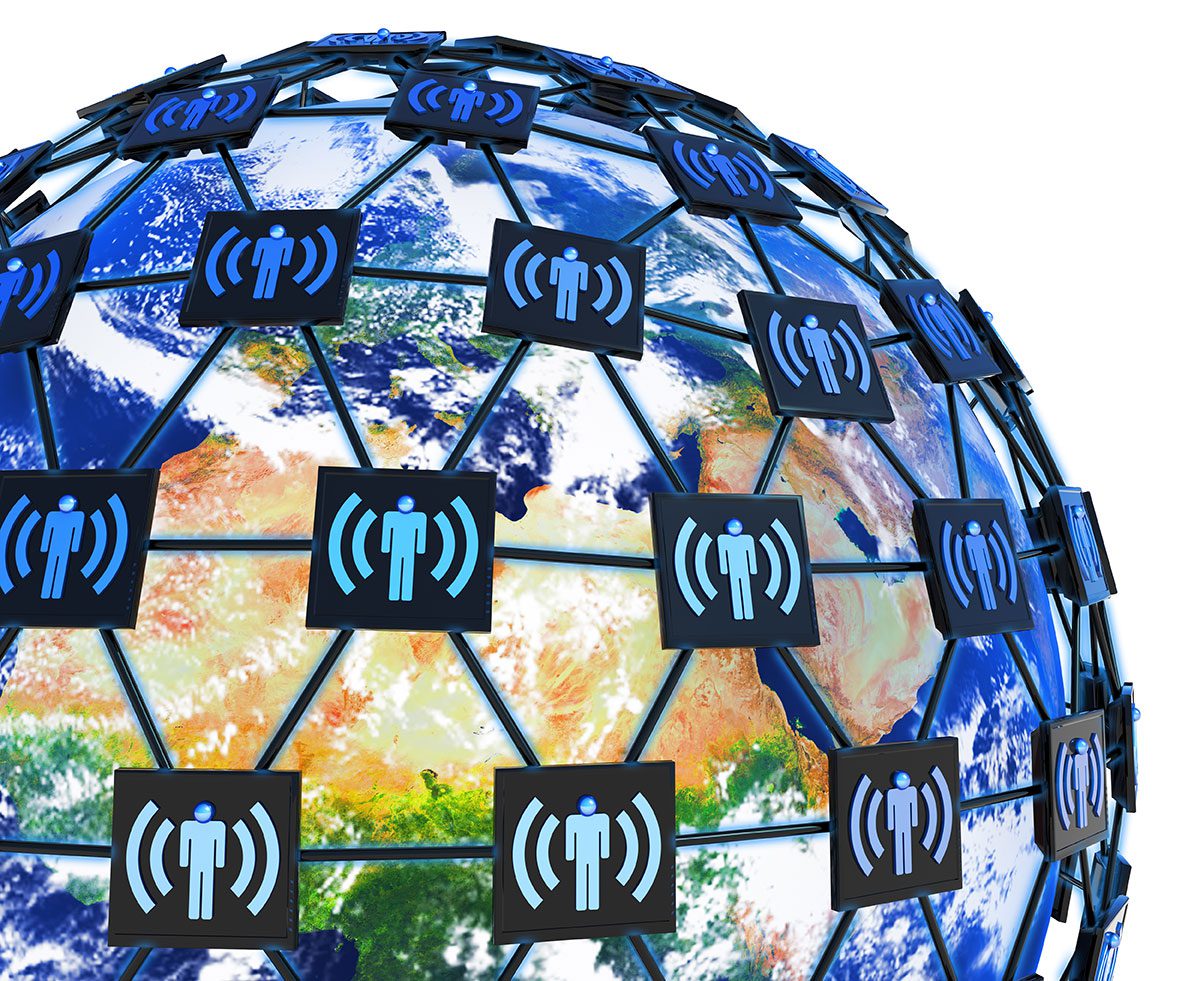4 Steps for Strengthening School Security

The February 2018 shooting in Parkland, Fla., provided a tragic reminder that schools and other soft targets need to strengthen security against active shooter threats. Clearly, it would be impractical—if not impossible—to fortify campuses with a ring of steel, and arming teachers and staff is not a feasible solution. It seems equally unlikely that the United States would follow the footsteps of UK legislators, who outlawed the purchase and possession of hand-guns after the 1996 massacre in Dunblane, Scotland, when a gunman killed 16 first graders and their teacher.
Despite the inherent challenges of school safety and the political minefield of gun control, schools can take several steps to mitigate their vulnerability. The following recommendations combine best practices from law enforcement and private security, as well as lessons learned from recent attacks.
• Counter-surveillance. Most prospective attackers have done a dry run or know the school well enough to determine whether an attack will succeed. To identify such reconnaissance efforts, schools need to have trained security personnel—either law enforcement or private security officers—who can observe activities on and around the campus, supported by live video surveillance. While many schools have security cameras, these devices are often used as an investigative tool. Skilled personnel need to monitor these feeds in real time to spot suspicious behavior.
• Intelligence gathering. Often, collecting intelligence proves more effective than beefing up security. This proactive approach focuses on averting a potential incident, rather than improving response efforts. In addition to maintaining open, two-way communication with local law enforcement, security teams should en-courage frequent meetings with teachers and staff. Rumors often become reality, as was the case in the Parkland attack, when the FBI received a tip about the suspected shooter one month before the assault. Schools need to cultivate an environment where students feel comfortable approaching teachers and security professionals with concerns.
• Intervention. Schools also need to have an intervention plan for managing potential threats. Installation of high-security doors, for instance, can buy time against a would-be attacker, while teachers and students retreat to a safe room and alert law enforcement. In addition, use of assault weapons raises the stakes—and the requirements of safe rooms. Such spaces should be designed to withstand 15-20 minutes of concerted attack.
• Flexible training. Even though faculty, administration and students at the Park-land high school had undergone “active shooter training,” the gunman—a former student who was familiar with the emergency plans—nullified that preparation by triggering the fire alarm. Over-reliance on any one response method, including lockdowns and sheltering in place, is less effective than teaching students and staff how to think for themselves.
For information on how Sunstates Security can support your emergency response preparation and training, please call 866-710-2019 or email us.
Managing Modern Threats with Protective Intelligence

Social media makes it easier than ever for like-minded individuals not only to find one another, but also to organize demonstrations for their cause. Consequently, more companies are calling on security partners for assistance in identifying and preparing for pop-up protests and other potential disruptions.
Technology can provide advance warning of such threats, but skilled human intervention continues to play a critical role in analyzing data and developing a sound strategy for risk management.
Sources of Intelligence
Advances in technology make security operations centers (SOCs) more affordable than ever, often providing in-house intelligence as needed. At the same time, organizations have other excellent information sources at their disposal for a fraction of the cost.
• Local partnerships. The same technology used to organize protests and other demonstrations also keeps the public informed of local developments. Many law enforcement agencies have email alert systems to notify residents of unusual conditions, such as extreme weather, vehicle accidents, and police activity. Most large cities have downtown alliances for businesses and other organizations that operate in these districts; information-sharing among members is an important benefit. In addition to these publicly available resources, private security teams should cultivate strong working relationships with local authorities, which encourage a two-way flow of information.
• Social media monitoring. Instead of relying on public alerts, more organizations are monitoring and analyzing social media activity, often through a partner with the tools and skills required to mine the raw data. Such monitoring efforts frequently focus on a specific geographic area for a discrete period of time. For ex-ample, social media monitoring can provide real-time intelligence to support traveling executives and company events or to prepare for public reaction to current affairs, such as the student protests following the Parkland shooting.
Planning and Prevention
Securing advance warning is only the first step. Managing potential threats requires more finesse than increasing the security staff in response to possible demonstrations.
• Staff management. While additional personnel may be required, a large, visible security presence may have the unintended effect of antagonizing protesters. Organizations should develop a strategy for making additional support available and ready to respond, without fueling already-high tensions.
• Building security. In some cases, it might make sense for an organization to go in-to lockdown mode and to prevent public access during a planned event. Even during a peaceful gathering, companies should have a plan for managing practical concerns, such as access control for employees and visitors and public runs on the restroom facilities.
• Training. Long before any potential threat materializes, security team members should complete training on non-violent crisis intervention. This specialized training teaches individuals how to defuse challenging situations before they escalate into crises
To learn how Sunstates Security can assist your organization, please call 866-710-2019 or email us.

You must be logged in to post a comment.